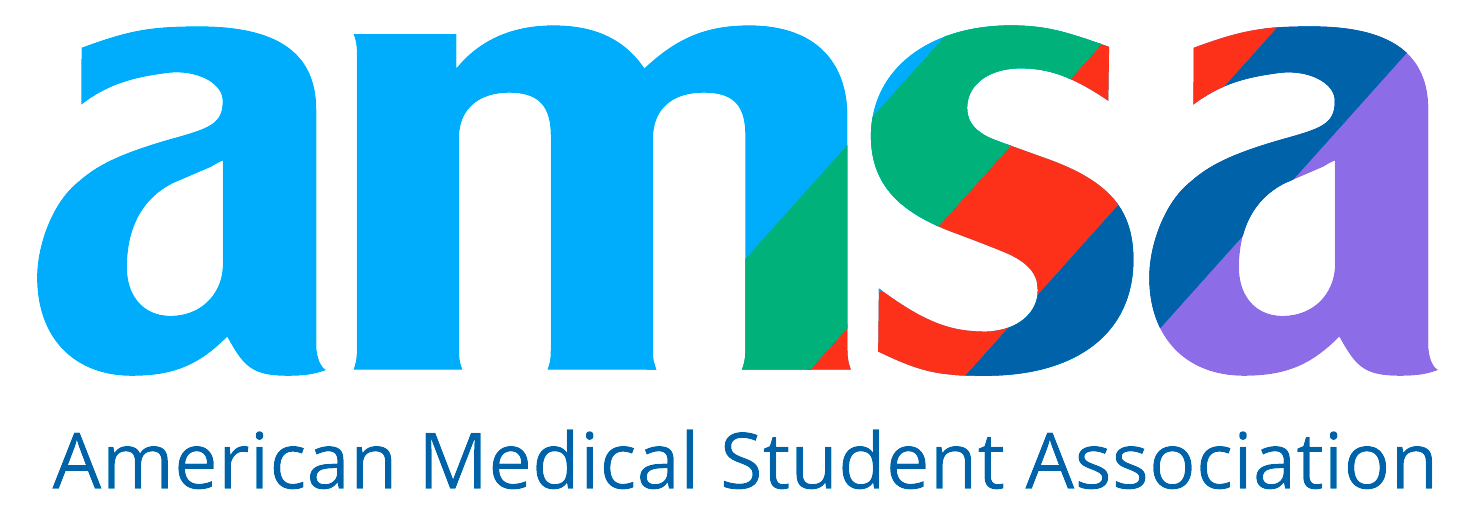Anesthesiologist vs CRNA: Key Differences in Training, Scope & Salary
Go-Elective Abroad
Anesthesiologist vs CRNA: Key Differences in Training, Scope & Salary
Both anesthesiologists and Certified Registered Nurse Anesthetists (CRNAs) are essential in surgical settings. They play a crucial role in preparing patients for procedures, monitoring them during operations, and ensuring safety during recovery. Despite overlapping duties, their educational pathways, scope of practice, and professional roles differ significantly.
Defining the Roles: CRNA and Anesthesiologist
A CRNA is an Advanced Practice Registered Nurse (APRN) with a graduate-level degree (MSN or DNP) in nurse anesthesia. An anesthesiologist, on the other hand, is a physician with an MD or DO who completes extensive post-graduate training, including a four-year residency in anesthesiology.
Both professionals administer anesthesia, manage pain, and monitor patients—but their approach, authority, and depth of medical training set them apart.
Workplace Duties and Responsibilities
CRNAs and anesthesiologists often work in the same environments, such as hospitals, surgical centers, and outpatient clinics. Their shared responsibilities include:
- Evaluating medical histories and assessing risk
- Explaining the anesthesia process to patients
- Administering anesthesia and sedation
- Monitoring patients intraoperatively
- Managing recovery post-anesthesia
CRNAs may work independently or under physician supervision, depending on state laws. Anesthesiologists often supervise CRNAs in team-based models or provide care directly, especially for high-risk cases or complex surgeries
Differences in Scope of Practice by State
CRNAs:
- In 30 states, CRNAs are permitted to practice independently.
- In the remaining states, CRNAs must work under physician supervision or a collaborative agreement.
Anesthesiologists:
- Licensed to practice independently in all 50 states.
- Typically oversee multiple ORs and high-risk patients, particularly in hospitals.
Training and Education: CRNA vs. Anesthesiologist
Pathway to Become a CRNA
- Bachelor of Science in Nursing (BSN): 4 years
- Critical Care Experience: 1–3 years (usually in ICUs or trauma units)
- Doctor of Nursing Practice (DNP): 3 years, including 2,000+ clinical hours
- Total Training Time: 7–10 years
Pathway to Become an Anesthesiologist
- Bachelor’s Degree (Any Major): 4 years, including pre-med coursework
- Medical School (MD or DO): 4 years
- Residency in Anesthesiology: 4 years
- Optional Fellowship in a Subspecialty: 1–3 years
- Total Training Time: 12–15 years
Salary Comparison: CRNA vs. Anesthesiologist
CRNA Salary and Outlook
- Median Salary (2023): $129,480/year or $62/hour (BLS)
- Job Growth (2023–2033): 40% increase
- High demand in rural areas and underserved regions
Anesthesiologist Salary and Outlook
- Average Salary (2025): $260,000–$370,000/year
- Job Growth: 7%–20%, depending on data source
- Increased demand due to aging populations and early retirements
Real-World Clinical Exposure for Aspiring CRNAs and Physicians
If you're a pre-nursing or pre-medical student considering a future in anesthesia, gaining meaningful clinical experience is vital. Go Elective offers global health internships in Kenya and Tanzania that allow students to shadow physicians and nurse anesthetists in real-world hospital environments. These programs are perfect for:
- Pre-nursing students exploring advanced practice careers
- Medical students interested in anesthesiology
- High school or undergraduate students seeking global health exposure
Interns gain insight into operating theaters, anesthetic protocols in resource-limited settings, and the challenges of pain management in underserved areas.
How Our Programs Support Your Journey
Go Elective clinical internships provide rich experience that can strengthen your profile as a future healthcare professional. Interns have the opportunity to:
- Shadow anesthesiologists and surgical teams
- Participate in community outreach and public health education
- Learn about anesthesia practices in global healthcare systems
Explore our medical internship programs or apply now to take the next step toward a meaningful healthcare career.
Choosing Between CRNA and Anesthesiologist Careers
If you're deciding between becoming a CRNA or an anesthesiologist, ask yourself:
- Are you drawn to the nursing model of care or the physician pathway?
- Are you prepared for 7–10 years of training (CRNA) or 12–15 years (anesthesiologist)?
- Do you want the option to work independently in select states or seek a leadership role in critical care medicine?
Both career paths offer excellent compensation, job security, and opportunities for growth. But the journey—and the role you’ll play in patient care—differs in depth and scope.
Final Thoughts
Whether you pursue anesthesia through nursing or medical school, early hands-on exposure can be a transformative step. Go Elective’s immersive experiences in East Africa provide a powerful foundation for your career in healthcare, giving you the opportunity to build real-world understanding, cultural competence, and resilience.
Ready to explore what life in the OR feels like? Learn more about Go Elective’s global health internships in Kenya and Tanzania.
Article Details
Categories
Recent Articles , Pre-health, Medical Electives, Nursing Internships,
Author: Go-Elective Abroad
Date Published: Sep 7, 2025
Travel with us.
Inquire Today!
Go Elective offers immersive opportunities for medical students, pre-med undergraduates, residents, nursing practitioners, and PAs to gain guided invaluable experience in busy hospitals abroad. Discover the power of study, travel, and impact.






